- News
-
-
-
-
-
Latest News Articles
- WSB: Study tests accuracy of thermal drone surveys April 26, 2024
- Computer model explores Tribal use of fire for ecosystem health April 26, 2024
- 2024 TWS Elections: Southwest Representative April 25, 2024
-
-
-
- Wildlife Professional Resources
-
- Our Network
-
- PUBLICATIONS
-
-
Recent Posts
-
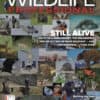 The Wildlife Professional November/December Issue
November 1, 2023
The Wildlife Professional November/December Issue
November 1, 2023
-
-
-
-
-
-
- Wildlife Events
-
-
-
Upcoming Webinars
- No Events
-
-
-
- Who We Are
-
Category: TWS Wildlife News
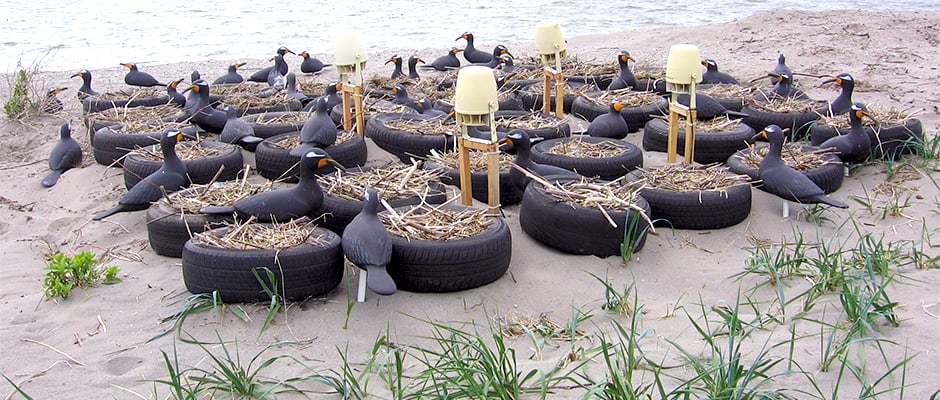
March 7, 2016
Social attraction entices cormorants away from fisheries
Wildlife managers battling to keep double-crested cormorants (Phalacrocorax auritus) from devastating juvenile fish populations might want to try something that waterfowl hunters use all the time: decoys. In a study...
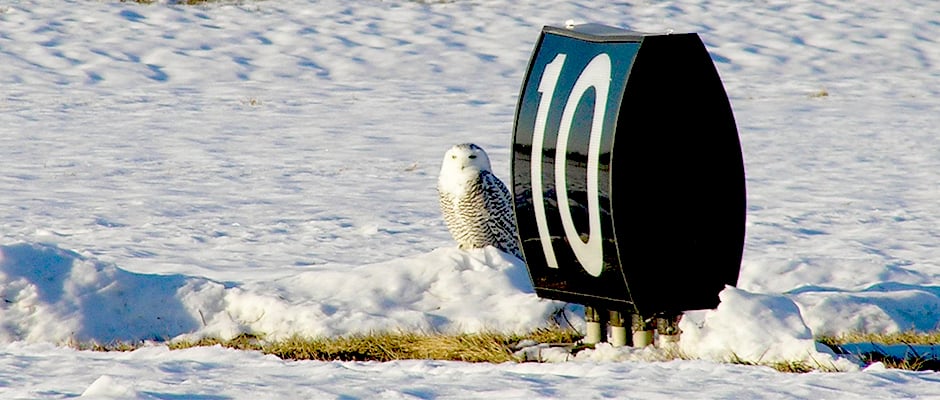
March 7, 2016
Biologists to test impact of auxiliary markings on snowy owl
Recently, a Wildlife Services biologist captured a snowy owl at the Detroit Metropolitan Wayne County Airport. When released, the owl carried a USGS leg band and was the first participant...
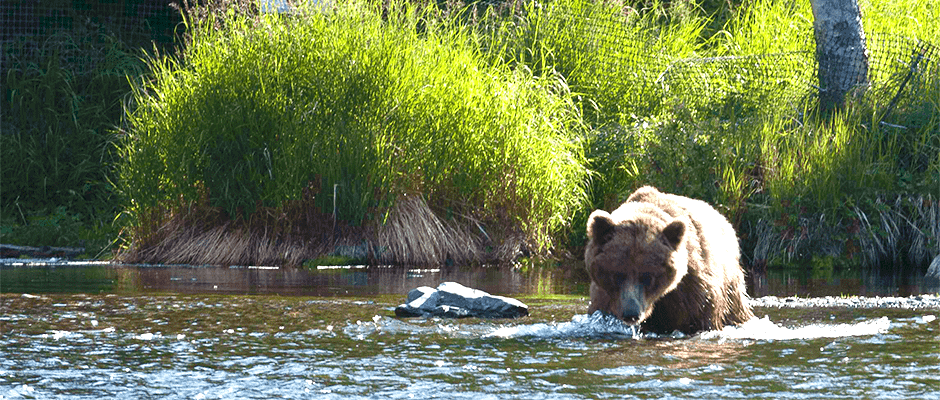
March 2, 2016
TWS member behind first major grizzly estimate of Kenai
Biologists have scrambled up mountains and searched the remote backcountry of Alaska’s Kenai Peninsula to provide the first comprehensive estimate of the region’s grizzly bear population. “We’ve been trying to...

February 25, 2016
Agencies revise ESA state and federal collaboration policy
On Feb. 22, the U.S. Fish and Wildlife Service and National Marine Fisheries Service announced revisions to their interagency cooperative policy under the Endangered Species Act to clarify the role...
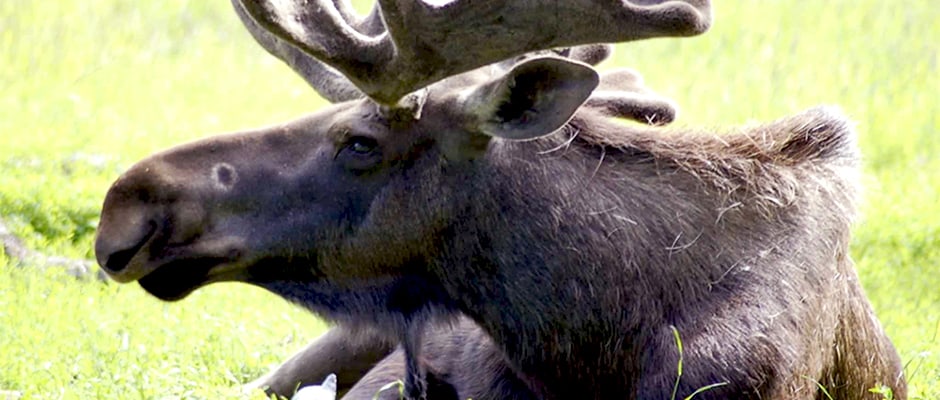
February 24, 2016
How to help wildlife cope with climate change
Want to know what you can do to help manage wildlife cope with climate change? Government agencies and research institutions have developed an online tool that points everyone from policymakers...

February 24, 2016
The economic case for invasive brown tree snake management
In recognition of National Invasive Species Awareness Week (Feb. 21-27), USDA Wildlife Services is providing a two-part series on the economics of invasive species management. A recent article in The...
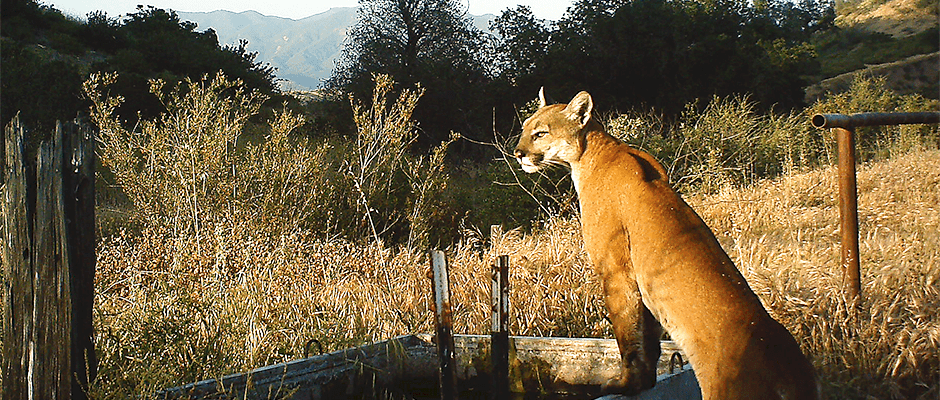
February 22, 2016
JWM study: Fire, urbanization pose threats to California pumas
Wild fires have been big news in California in recent months, and now new research is revealing how these fires are affecting pumas (Puma concolor) in the area. “A mix...
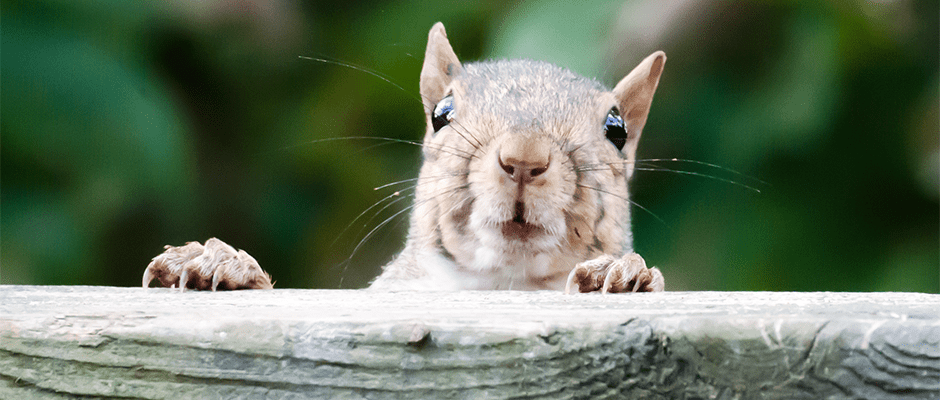
February 18, 2016
President’s budget requests funds for conservation programs
This past Tuesday, the Obama administration released its eighth and final budget request. The Executive budget proposal is the first step of the annual federal budgeting process, which will continue...
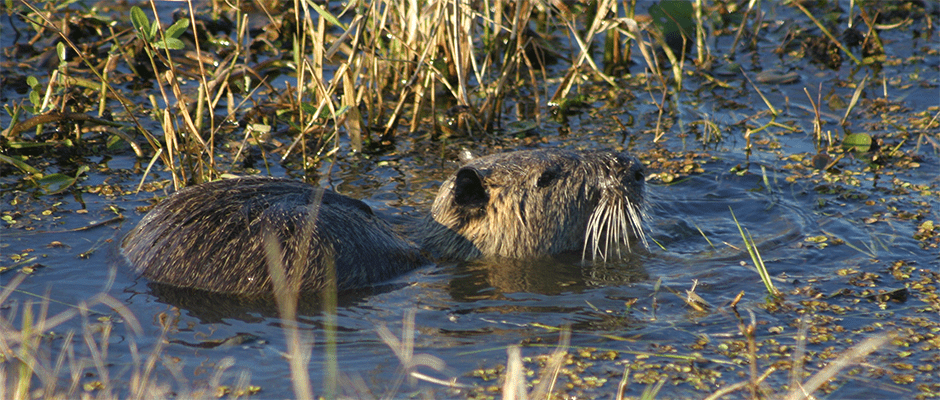
February 18, 2016
Economics of invasive species management
In recognition of National Invasive Species Awareness Week (Feb. 21-27), USDA Wildlife Services is providing a two-part series on the economics of invasive species management. Around the world, battles are...
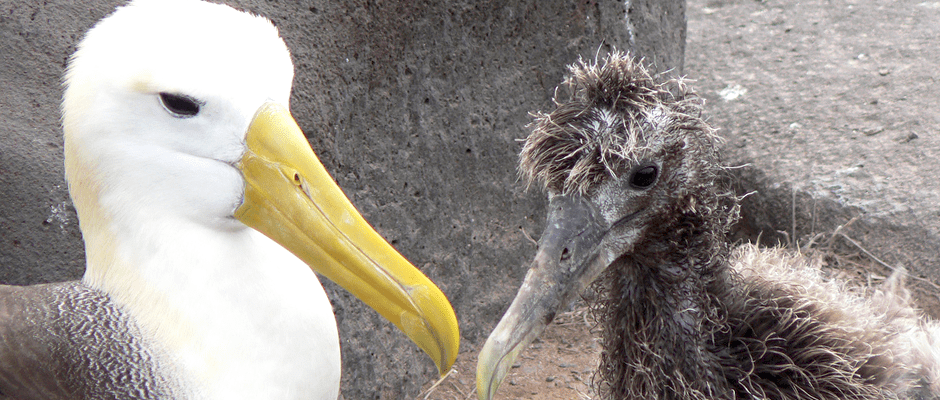
February 10, 2016
Albatross and petrel bill introduced in the Senate
A bill introduced in Congress last week would heighten U.S. involvement in the protection of migratory seabird populations placed at risk by some international fishing operations. The Albatross and Petrel...

